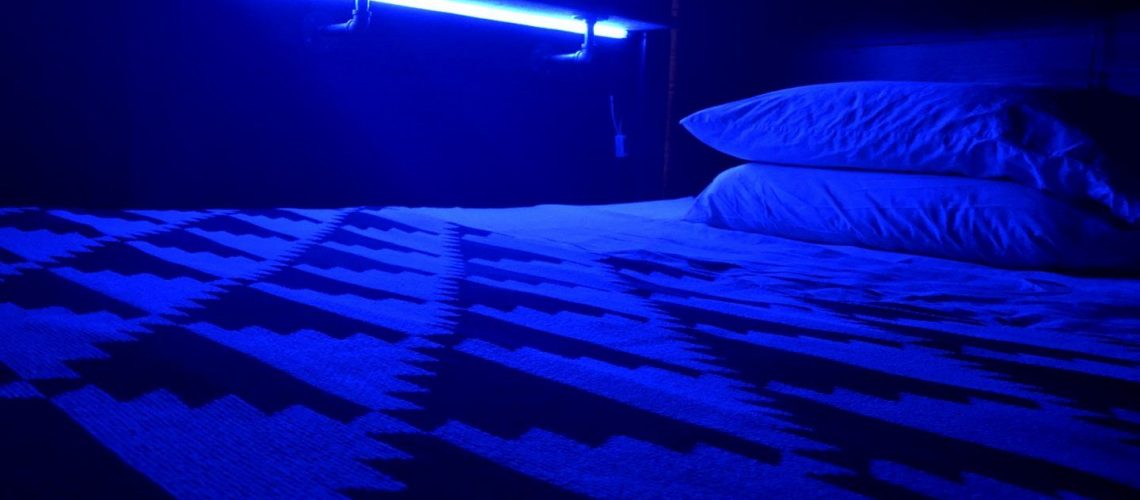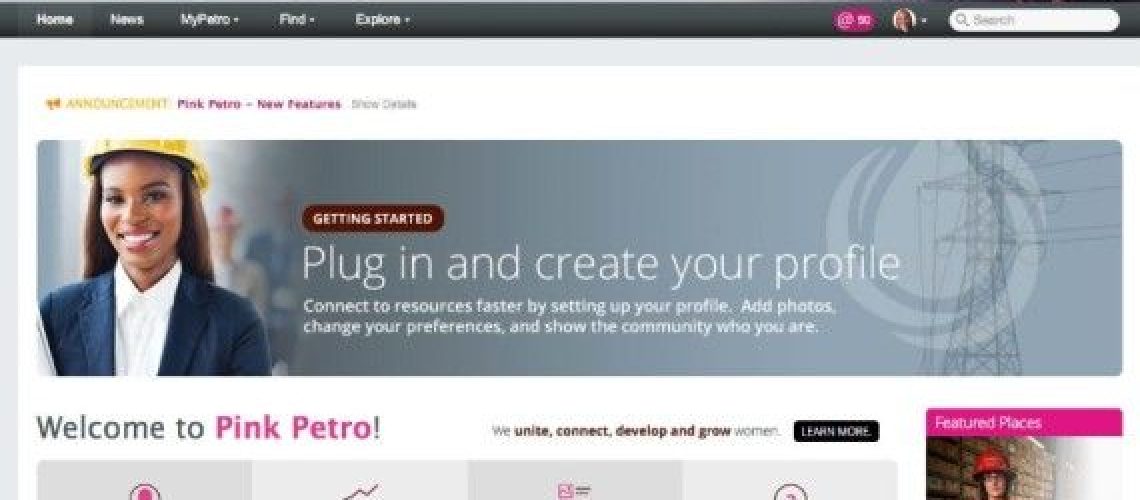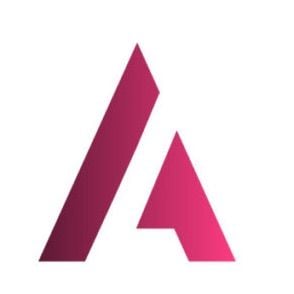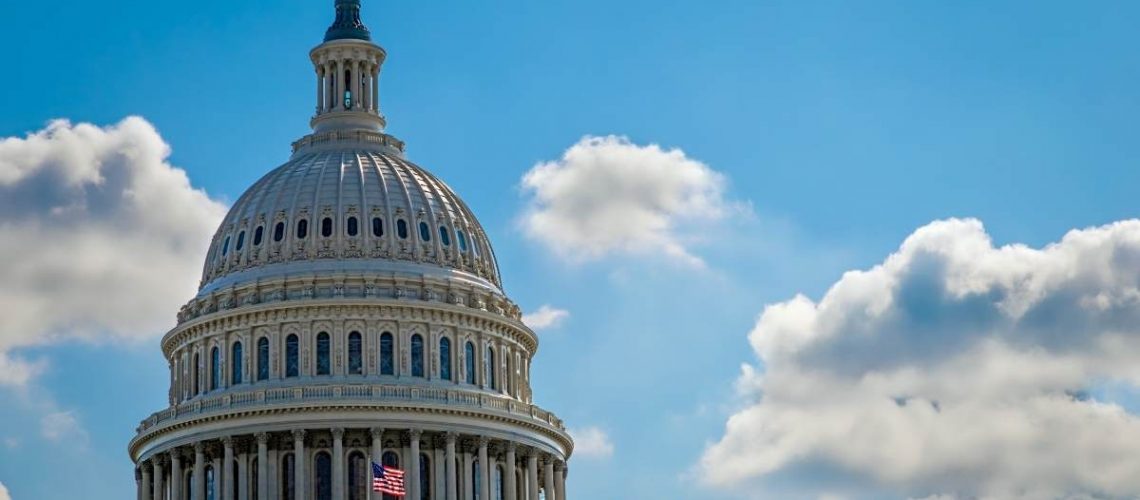A few years ago, sleeping on the job was a sure way to lose a job. However, these days, napping at work is becoming one of the hottest corporate trends. More companies are waking up and realizing the advantages of allowing employees to take short naps during the workday.
For a long time, Corporate America considered "sleep" a naughty word. There was an unspoken outlook that the less sleep a person got, the more dedicated and productive they were. Now we know that there’s a clear connection between sleep deprivation and productivity in the workplace. As a result, companies are beginning to embrace the concept of naps. Today offices around the world - including Google, Facebook, Zappos, Uber, NASA, and Huffington Post - feature sleep rooms with state-of-the-art nap pods. There is a growing list of companies that understand how napping fits snugly inside health and wellness programs.
If You Don’t Snooze, You Lose
It’s no secret – American workers don't get enough sleep. In fact, one in three Americans experiences chronic sleep deprivation, according to the Centers for Disease Control and Prevention. Sleep deprivation affects job performance by making it harder to concentrate, slowing down reaction times, and increasing moodiness and irritability. A recent study by the American Academy of Sleep Medicine shows that a lack of sleep costs the US workforce $63.2 billion a year in productivity loss. Additionally, chronic lack of sleep can increase a person’s risk for serious medical problems, including heart disease, high blood pressure, stroke, and diabetes.
The current shift in Corporate America allows workers to take a short snooze in a nap pod during the workday. A twenty-minute nap can help improve job performance in many ways. For example, it can stress levels and fatigue. It can also increase alertness, memory function, and concentration. Finally, workday naps can help reduce the number of recordable risk incidents and mistakes on the job.
Nap Pods to the Rescue
Sleeping rooms are designated places where a person can take a safe, quick nap to recharge energy levels. Workplaces, schools, shopping malls, and airports understand the need for napping facilities. That's why they have turned to companies like Nap Bar to bring sustainable sleeping solutions to the community. Many companies have purchased high tech nap pods for employees that are programmed to help people nap. However, Nap Bar is the only napping facility that designed their custom nap pods from environmentally friendly materials. Most other nap pods look like something out of a 1970s sci-fi movie. Many of their designs only cover the head and shoulders during a nap, leaving the lower body and legs uncovered.
Research shows that too much tech in one’s life impacts our attention spans, memory, and social skills. With the majority of people hugging smart devices all day, maybe we should step away from an IT-driven nap pod. Instead, we can choose to surround ourselves with organic bedding and sustainable materials created by Mother Nature.
What lives in your mattress?
Let’s think about where we sleep for a minute. Research shows that sleeping on mattresses composed with flame retardant chemicals can cause health issues. Consumer Reports advises that people, especially pregnant women and young children, should avoid using products containing organohalogen flame retardants (OFRs), found in children’s toys, mattresses, and some furniture.
Organic mattresses offer cleaner sleeping solutions by removing toxic materials and replacing them with sustainable sleeping materials. The components of organic mattresses include cotton, wool, and latex. These are cultivated without using pesticides in a chemical-free manufacturing process.
It’s time to change how we sleep.
The days of sneaking off to the bathroom, an empty office or the closest automobile to take a quick nap are coming to an end. Now companies see the need to have nap pods installed in empty huddle rooms. With downsizing a quarterly reality for many companies, leaders can repurpose empty offices and dust-covered conference space into clean and sustainable napping rooms. It’s a fact: a well-rested employee is a more productive one.





